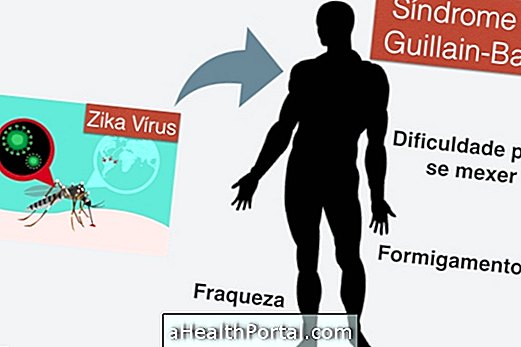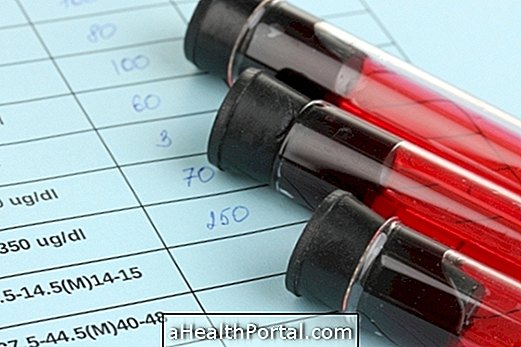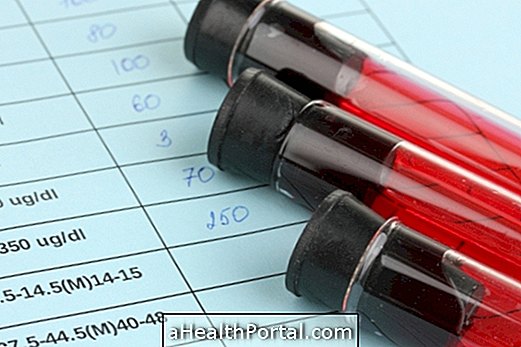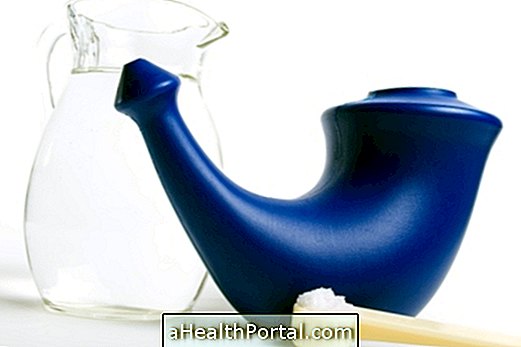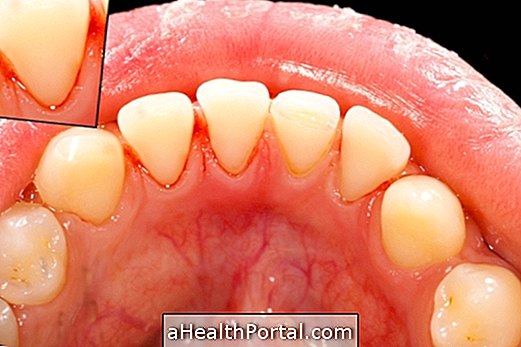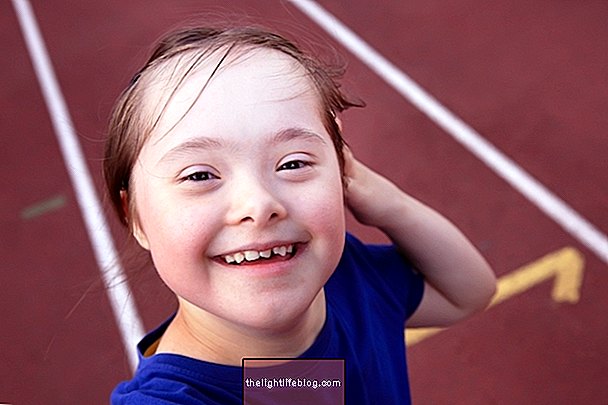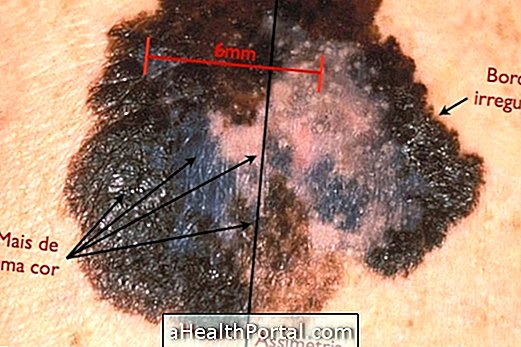Nighttime paroxysmal dyspnoea is the shortness of breath that arises during sleep, causing a sudden feeling of suffocation and causing the person to sit or even stand in search of a more airy area to relieve this sensation. It may be accompanied by other signs and symptoms such as intense sweating, coughing and wheezing in the chest, which usually improve after a few minutes sitting or standing.
This type of shortness of breath is more common in people who are carriers of heart failure, especially if they are without adequate treatment, so to avoid this symptom, it is necessary to use medicines recommended by the doctor in order to treat the malfunction of the heart. heart and soften the symptoms caused by it, such as using diuretics, antihypertensive or cardiotonic, for example. Understand better what heart failure is and how to treat it.
Dyspnoea is a medical term used to say that there is shortness of breath, a heart, lung or circulatory problem. In addition to paroxysmal nocturnal dyspnea, there are also other types, such as:
- Orthopnea : shortness of breath whenever lying down, which is also present in heart failure, in addition to cases of pulmonary congestion or people with asthma and emphysema, for example;
- Platipnea : is the name given to the lack of air that appears or worsens with the standing position. Usually, this symptom occurs in patients with pericarditis, dilation of the pulmonary vessels, or certain heart problems such as abnormal communication of the cardiac chambers. This shortness of breath usually arises accompanied by another symptom called ordedexia, which is the sudden drop in blood oxygen levels whenever one is in the standing position;
- Trepopnea : It is a feeling of shortness of breath that arises whenever the person lies down, and that improves when turning to the opposite side. It can arise in lung diseases that affect only one lung;
- Dyspnoea of effort : it is the lack of air that arises whenever some physical effort is realized, what usually appears in people with diseases who compromise the function of the heart or the lungs.
Whenever there is a feeling of shortness of breath that is persistent, intense, or accompanied by other symptoms such as dizziness, coughing or pallor, for example, it is important to seek medical attention to identify the cause and begin treatment. Learn to identify the main causes of shortness of breath and what to do in each case.

When can
Paroxysmal nocturnal dyspnea usually occurs in people with congestive heart failure, as the heart malfunction causes fluid to accumulate in the bloodstream, limbs, and therefore in the lungs, causing lung congestion and breathing difficulties.
However, this symptom only arises in cases where the disease is decompensated, usually due to lack of adequate treatment or after situations that require greater body performance, such as infection or after surgery, for example.
How to treat
Treatment of nocturnal paroxysmal dyspnoea is done with medications indicated by the general practitioner or cardiologist to treat heart failure and decrease fluid accumulation in the lungs, and some examples include diuretics such as Furosemide or Spironolactone, antihypertensives such as Enalapril, Captopril, or Carvedilol, antiarrhythmics such as Amiodarone (if there is arrhythmia) or cardiotonics such as Digoxin, for example. Learn more about how heart failure treatment is done and which remedies to use.



